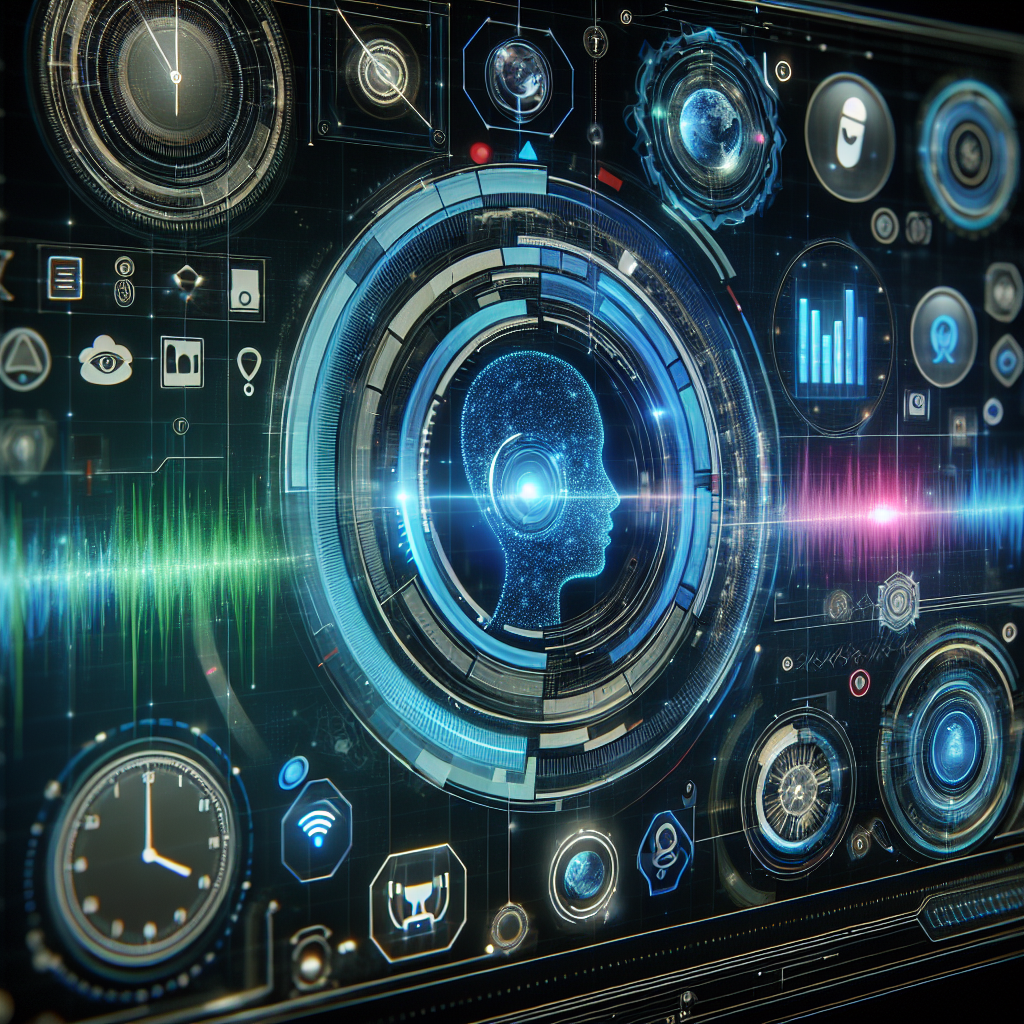Revolutionizing AI Interaction: OpenAI's GPT-4O Spring Update
OpenAI's recent spring event has set the tech world abuzz with the introduction of GPT-4O, the latest iteration of their groundbreaking AI model. This update presents a significant leap in AI capabilities, promising a highly interactive and real-time engagement experience. In this analysis, we'll dive deep into what makes GPT-4O a game-changer, exploring its new features, performance enhancements, and potential impact on various industries.
A New Era of Real-Time AI Interaction
The GPT-4O model marks a monumental shift towards more natural and seamless human-computer interactions. Unlike its predecessors, GPT-3.5 and GPT-4 Turbo, GPT-4O operates in near real-time, significantly enhancing the speed and fluidity of AI responses. This improvement is not just a minor upgrade; it's a transformative leap that redefines user expectations from AI systems.
Speed and Efficiency
One of the standout features of GPT-4O is its blazing speed. Demonstrations have shown that GPT-4O can generate responses much faster than previous models. For example, in comparative tests, GPT-4O generated a comprehensive list of 60 facts in the time it took GPT-4 Turbo to produce just 20. This speed doesn't come at the cost of quality; GPT-4O matches, if not surpasses, its predecessors in producing coherent and accurate content.
Enhanced Multimodal Capabilities
GPT-4O is not just about text generation. It stands out with its enhanced multimodal capabilities, handling text, audio, and visual inputs seamlessly. This omnichannel approach enables more intuitive and versatile interactions, making the AI much more useful in everyday applications.
Real-Time Voice Interaction
One of the most striking features of GPT-4O is its capability to handle real-time voice interactions. The AI can converse naturally, with the ability to interrupt mid-dialogue and respond to new inputs, mimicking a human-like conversation. This functionality extends to both male and female voice options, providing a more personalized interaction experience. The AI's real-time processing speed averages around 320 milliseconds, closely mimicking human response times.
https://www.youtube.com/watch?v=PmrXL-uzeM4
Practical Applications and User Experience
The introduction of GPT-4O is poised to revolutionize numerous practical applications. From customer service to educational tools, the real-time, multimodal capabilities of this model offer groundbreaking possibilities.
Educational Tools and Tutoring
Imagine a virtual tutor that can not only help with homework but also understand the nuances of a student's progress in real-time. GPT-4O's ability to see, hear, and understand allows it to guide users more effectively, tailored to their individual learning pace and style. In a demonstration, the AI successfully tutored a student in identifying the sides of a triangle relative to an angle, providing helpful nudges instead of direct answers to foster understanding.
Virtual Assistants and Customer Service
The speed and natural interaction capabilities of GPT-4O make it an ideal candidate for enhancing virtual assistant and customer service roles. Its real-time reasoning and response features can significantly improve user satisfaction by offering quick and accurate support. The emotive voice options also add a layer of personalization, making interactions more engaging and human-like.
The Future of Human-AI Interaction
OpenAI's introduction of GPT-4O is more than just a technological upgrade; it's a glimpse into the future of human-AI interaction. By bridging the gap between human-like conversation and AI capabilities, GPT-4O sets a new standard for AI development.
Ethical Considerations and Implications
With great power comes great responsibility. The advancements in GPT-4O bring forward questions about ethical use and the potential impact on jobs that involve routine customer interaction or educational roles. As AI becomes more integrated into daily life, it's crucial to address these implications and ensure that AI development remains aligned with societal values.
Staying Ahead in the AI Race
OpenAI's bold move with GPT-4O demonstrates its leadership in the AI space. However, the competition is fierce. With companies like Google also heavily investing in AI research, the landscape is rapidly evolving. The real challenge will be maintaining this pace of innovation while addressing the broader implications of such powerful technology.
For those interested in exploring the cutting-edge developments in AI, further reading can be found on AI Research and Tech Innovations.
OpenAI's GPT-4O represents a significant milestone in the journey towards achieving seamless and intuitive AI interactions. Its real-time performance, multimodal input handling, and improved user experiences set it apart as a leader in the AI field, poised to transform various aspects of our digital lives. As we look forward to integrating these advanced capabilities into everyday applications, it's clear that the future of AI is not just about what it can do but how naturally it can do it.
In conclusion, the GPT-4O model isn't just an iteration; it's a revolution, setting the pace for what we can expect from AI in the coming years. Whether it's through enhancing educational tools, improving customer interactions, or simply making our digital lives a bit more intuitive, GPT-4O is leading the charge into a new era of AI excellence.
Related News
- A Comprehensive Review of GPT-4's Revolutionary Features
- Unleashing the Power of GPT-4.1: A Comprehensive Analysis
- Revolutionizing AI Interaction: A Deep Dive into GPT 40
- Breaking Down OpenAI’s GPT-40 Announcement: What It Means for the Future of AI
- The Advent of GPT-4.1: Elevating AI Capabilities and Developer Efficiency
